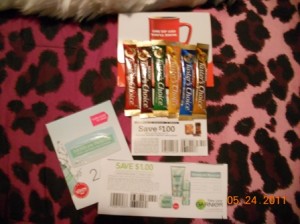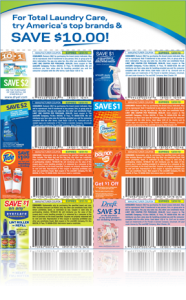I’ve already posted on coupon fraud, but I can’t stress enough how important it is to to informed on this issue. Via the CIC website:
Counterfeit coupons have cost manufacturers millions of dollars and have created numerous costs and challenges for retailers and other industry participants. These counterfeits have ranged from amateurish home-made “coupons” to high quality, professional examples virtually identical to those printed by the industry. Unfortunately, even the amateurish coupons are often accepted for redemption, creating liabilities for a variety of industry participants. Once a counterfeit is accepted, someone, whether it is a manufacturer or a retailer, is going to have to pay for it, creating uncontrollable liabilities and unnecessary trade relations issues.
How can you spot a fake coupon?

Here are a few things keep in mind:
Always follow the words on the coupon. If it says 10oz box, use it for a 10oz. Sure it may scan, but it’s fraudulent use of the coupon.
Don’t use expired coupons UNLESS your store approves it.
NEVER ever copy, scan, or fax a printable coupon in anyway. There are many security features built into these coupons (that’s why they require you to download a special program in order to print). Sure it may still scan at the store, but they will not get reimbursed for it.
Penalties for those convicted of coupon fraud related crimes vary by each case and the number of laws violated.
As of this date,
Longest prison sentence: 17 years
Highest financial penalty: $5 million
Prison sentences of three to five years are not uncommon. Financial penalties generally vary, but have often been in excess of $200,000.
Listen to your gut. If it seems to good to be true, it probably is. If you have any questions about the coupon, just don’t use it.
~D









